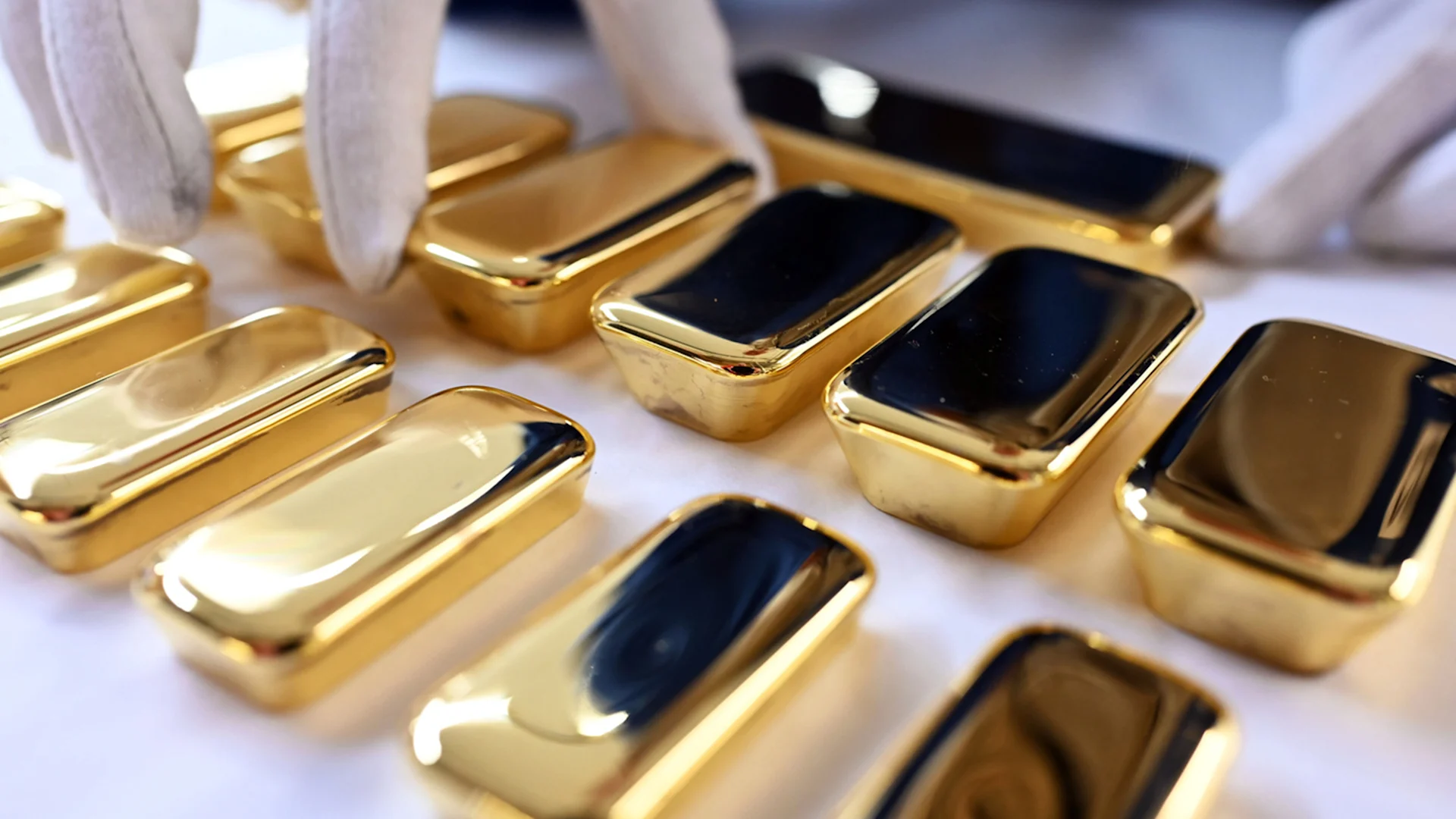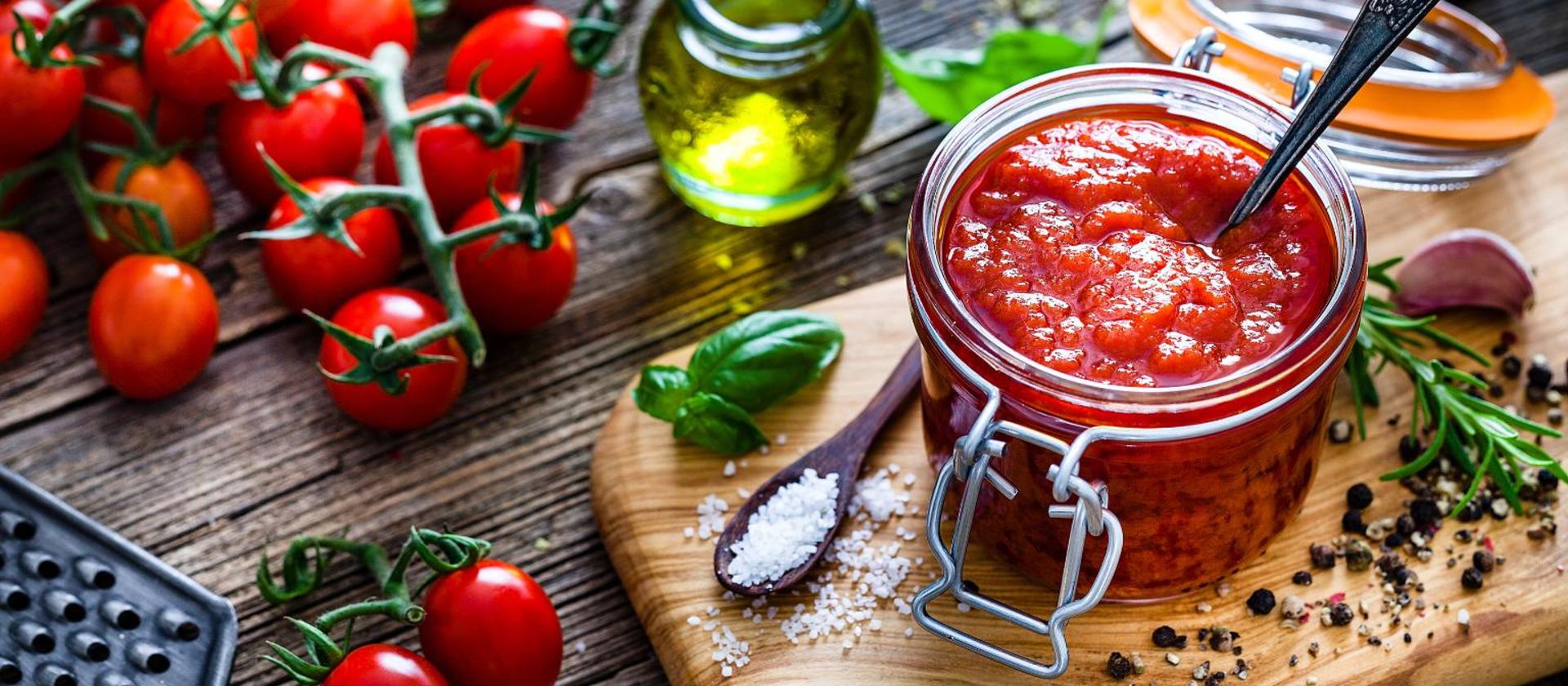
Migros Bank
What does 2026 have in store on the stock market?
If the AI bubble bursts, will the gold price rise even higher? Sacha Marienberg ventures a forecast for 2026.
navigation

Preserving foods
It's preserving season again! The perfect time to make sugo, pickled courgettes or strawberry jam. Never tried it before? Let us explain the basics.
There are many different ways to preserve food. To preserve food, it is heated before being put in a jar. "Another method is to put the food into a jar and then cook it in a water bath," explains Iris Penna, an expert from the Migros Club School (find related courses here).
It's quicker and easier to preserve food that has been cooked already, but preserves that are cooked in the jar have a longer shelf life – up to one year. Food that is cooked before it is preserved should be consumed within six months. Pickled food, on the other hand, does not need to be cooked at all. You can pickle food in salt, brine, vinegar or oil. The ingredients will keep for one to two weeks. Here is an easy recipe for pickled courgettes.
Pro tip: Pickles or preserves that have been sterilised in a water bath will keep for longer. Find out more below.
Many ingredients can be used for preserving or pickling, as long as they are fresh.
However tempting it may be, don't try to preserve bruised tomatoes or cherries. Although you can't really see the imperfections when they are in the jar, they are still not ideal for preserving. "If fruit and vegetables are not in good condition, this has a negative effect on shelf life," Penna warns.
So be sure to only use produce that is not dented, bruised or decaying. You can also pickle cheese, garlic cloves, small onions or dried tomatoes in brine, vinegar or oil. When making chutney, jam, sugo or compote, it is best to fill the jars hot.
Pro tip: Only use dried herbs. "Once water is involved, the shelf life becomes shorter," Penna explains.
Whichever method you choose, "please don't just use any old food jars that you have lying around at home. The lids of preserving jars are specially designed to form a seal when the food cools down," Penna explains. This is the only way to ensure that the jar is airtight, which keeps the food shelf stable.
Sumberge the jars, rubber sealing rings and lids in hot water for at least 5 minutes before using them and let them air dry. This ensures that everything is as clean as possible.
Pro tip: Close the jar right after filling it and turn it upside down. This kills any germs and bacteria in the lid.
Preserving jars are designed to form a seal once the food cools down.
Iris Penna recommends using the oven instead of the stove. Preheat it to 200 degrees, fill a deep tray with water and put it on the bottom shelf, then place the closed preserving jars on the tray.
"Leave the jars in the hot oven until bubbles form inside them. This means that the contents are over 100 degrees," Penna explains. Then, turn off the oven and leave the jars in there for at least 90 minutes. Leave to cool overnight before storing.
Pro tip: Once the jars have cooled down completely, check the seal. If the centre of the lid is slightly indented, then it worked. The lids might also make a loud cracking noise as they cool down. This is another way to tell that the seal has formed.